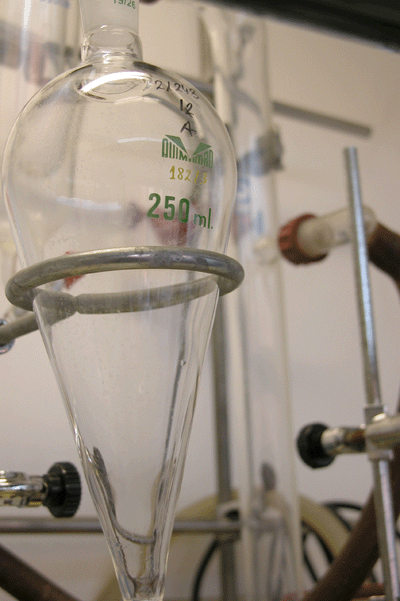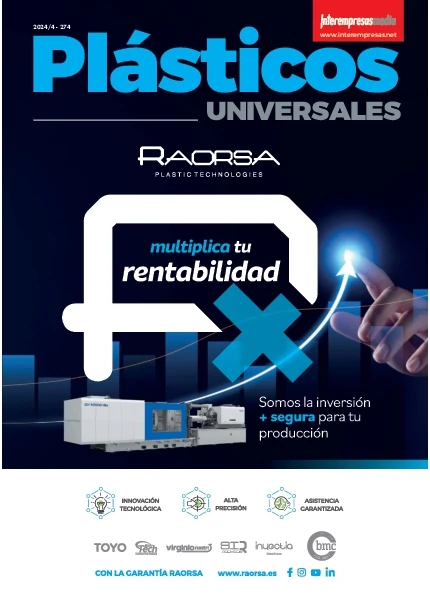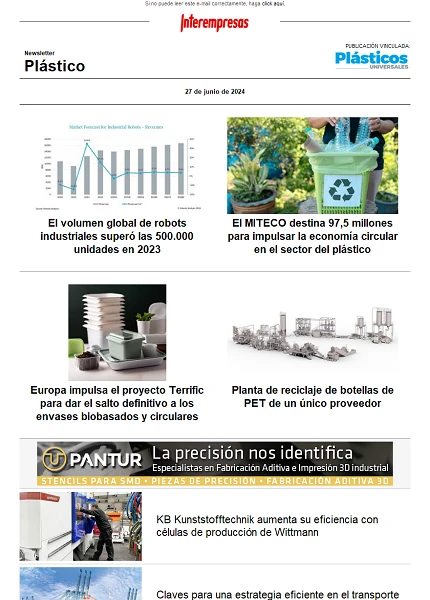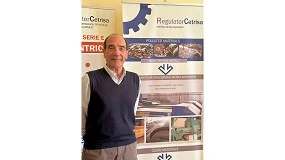Methods for the determination of migration of elements of plastic materials in contact with food
For plastic materials in contact with food, whether we are talking of packaging of kitchenware products, have to comply with the provisions of Directive 2002/72/EC. Basically, the directive requires to use plastics that are only manufactured with the monomers and other starting substances listed in the list published by the paper and its amendments (positive list). On the other hand, imposes the need to check and limit the assignment of all components from the plastic food (overall migration limit). This limit is non-specific, i.e., corresponds to a numeric value resulting from all possible contributions and does not provide any information on the chemical nature of migrated constituents.
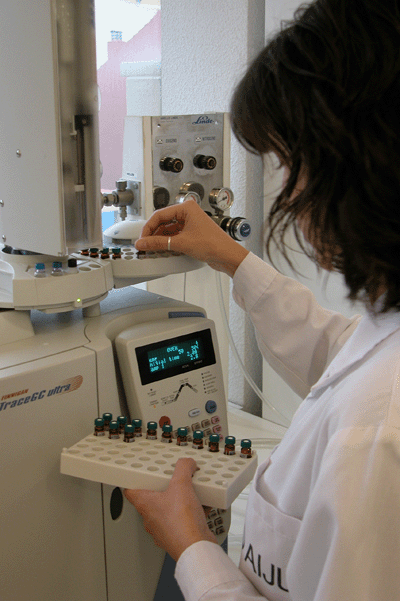
On the other hand, the use of the substances listed in the positive list also means to accept the restrictions that have many of them and expressed through good ban on total content (i.e. not allowed the presence of that substance in the final product in quantities greater than the specified)(, as in the case of the vinyl chloride, monomer for PVC) or else by limitation on the migration of this component (specific migration limit). The latter is the most common and is also the most problematic because the development of standardized methods to determine the parameter is still in development.
Global migration
Standardised methods for the determination of overall migration in plastic materials in contact with food are still guidelines already indicated by the directive. With this in mind, already available since its publication in 2002 of the norm UNE - EN 1186: ' materials and articles in contact with foodstuffs. Plastics '. The standard consists of 15 parts, the first of which sets the Guide for the selection of the conditions and, consequently, of the test methods to be used for the determination of overall migration. This guide allows you to decide what simulante used in the trial and the conditions of time and temperature necessary to ensure the security with regard to the assignment of components of the plastic under study. It is worth noting that the standard also provides actions to follow when the plastic is intended to be repeatedly in contact with food.
The rest of the parts of the standard respond to particular methods according to undergo trial by immersion or filling and also different depending on the nature of the simulante (those of aqueous base maintain identical methods). All these methods, the overall migration determined by difference in weight of the retrieved extract in the trial of migration, the complexity lies especially in methods whose simulante is oil since the nature of the plastic materials makes it necessary to determine the retention of the oil produced by the plastic by methods more sophisticated (chromatography), although the essence of the method remains the determination of the difference in weight.
The determination of the overall migration limit has to be done with sufficient guarantees given that the directive allows to ignore the determination of the limits of specific migration (if needed) when the global value is less than the specific. As a result, the analytical measure of global migration must be supported by those quality tools that allow to guarantee the results obtained in the laboratory of verification. These tools are usually of two types: participation in intercomparison exercises and the use of certified patterns.
For determinations of the values of global migration when he takes part in intercomparison exercises, it is usual to use standardized methods. I.e., all participants used the standard UNE - EN 1186 and note the changes that may arise, but the result must be the same that is considered a good exercise and provide quality to the usual results in a laboratory.
Specific migration
Migration of standardised methods for individual substances are not fully developed. The reasons can be varied, from the lack of means (there is a lot of substances and, as a result numerous methods to develop) up to the fact that they are not always necessary (either because the substances used in the manufacture of plastic do not require such verification)(, either because the value obtained for the overall migration lets decide that the specific met). Despite this, it is possible to have some methods for individual substances. The standard is published as a technical document CEN/TS 13130: ' Materials and articles in contact with foodstuffs. Plastics subject to limitation' and the different parts of the same make mention of individual substances. As was the case with the methods of global migration, the first part of the standard provides a guide for the selection of the conditions of exposure.
For the rest of the compounds, it is necessary to resort to determinations both migration and the total content using methods developed by the own laboratory where it is possible. When this happens, it has to have indications published in document CEN/TR 15356-1: validation and interpretation of analytical methods, testing migration and analytical data for materials and articles in contact with food.
